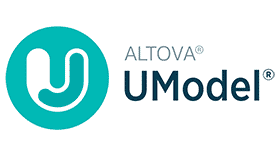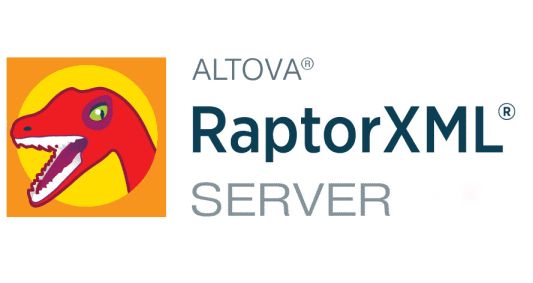Overview: Fortran is the latest iteration of the Fortran programming language, which has been widely used in scientific and engineering applications for decades. Known for its high performance in numerical and computational tasks, Fortran continues to evolve to meet modern programming needs while maintaining its strengths in array processing and mathematical computations. Key Features:
- High Performance: Optimized for numerical and scientific computing, Fortran 2023 continues to deliver high performance for computationally intensive tasks.
- Array Processing: Advanced support for array operations, including array slicing, reshaping, and intrinsic functions, making it ideal for handling large datasets.
- Parallel Computing: Enhanced support for parallel computing, including coarrays and integration with parallel libraries like MPI (Message Passing Interface) and OpenMP.
- Modern Syntax: Continued improvements to the language syntax to make it more expressive and easier to use, while maintaining backward compatibility with older Fortran code.
- Interoperability: Improved interoperability with other programming languages, particularly C and C++, allowing for seamless integration with existing codebases and libraries.
- Modules and Procedures: Support for modular programming with modules and procedures, enabling better code organization, reuse, and maintainability.
- Error Handling: Enhanced error handling mechanisms, including better support for exception handling and debugging.
- Standard Libraries: A rich set of standard libraries for various tasks, including mathematical functions, input/output operations, and string manipulation.
- Compiler Support: Continued support from major Fortran compilers, ensuring compatibility and performance optimizations across different platforms.
New Features in Fortran:





